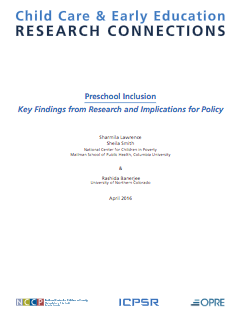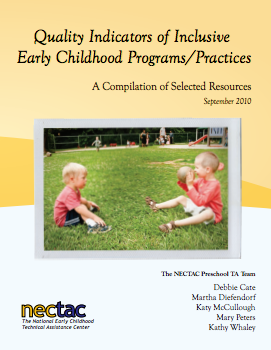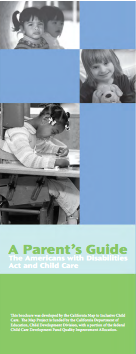

This area of the websites provides quick access on one page to the most highly recommended publications that support inclusion.

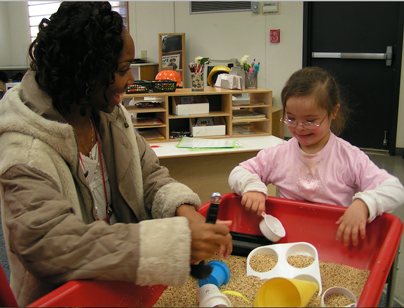

Updated with new information and is an essential guide for anyone providing child care for children from birth to twelve years old. It offers guidance for providers of child care programs and highlights resources and strategies that promote inclusion and belonging for all children. This online-only publication has a companion video series.


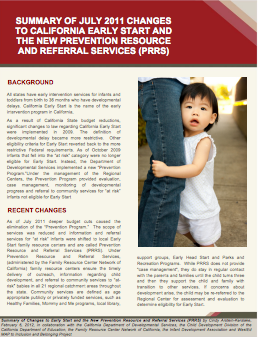
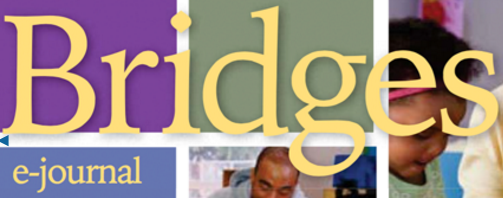
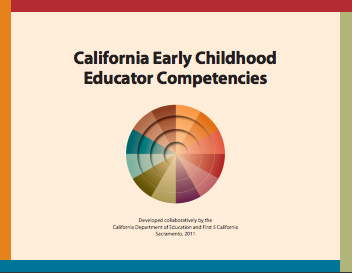

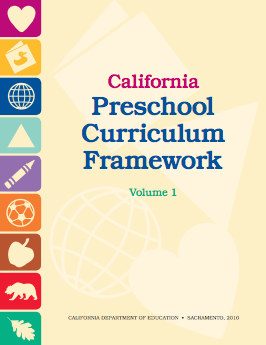
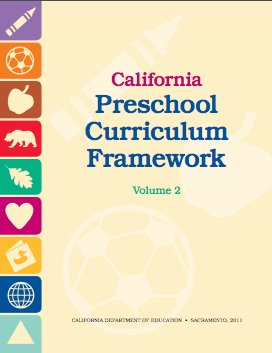

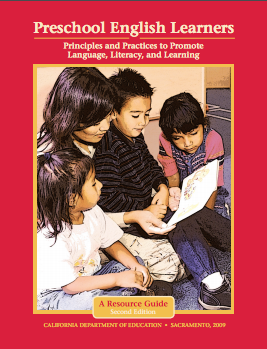
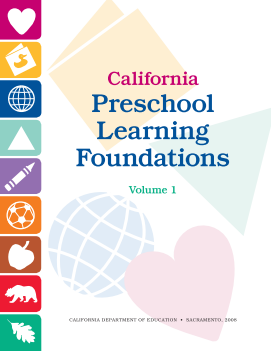
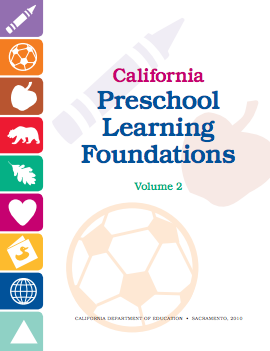
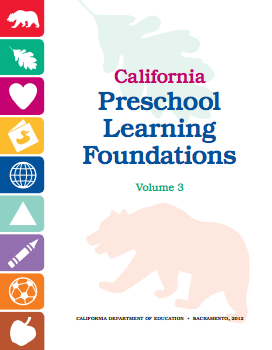
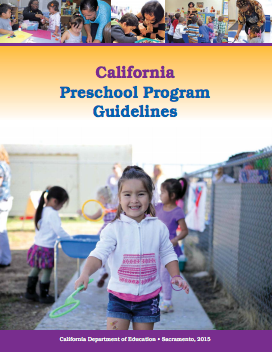

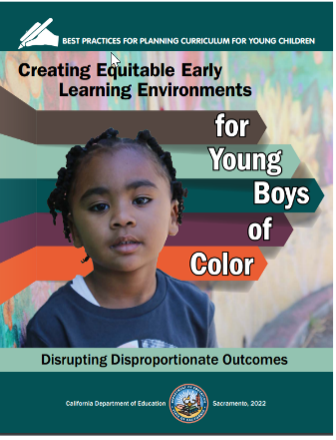
The California Department of Education Early Education Division (EED) has released a new online publication titled Creating Equitable Early Learning Environments for Young Boys of Color. This free publication was written primarily for child care and early education providers and program and school leaders.
"Early childhood educators are uniquely positioned to influence positive change for Boys of Color. This book provides teachers and program leaders with a helpful roadmap for improving racial equity through strengthening racial awareness, addressing implicit bias, and creating culturally responsive environments that are safe, affirming, and engaging for Boys of Color and their families." — Tony Thurmond, State Superintendent of Public Instruction


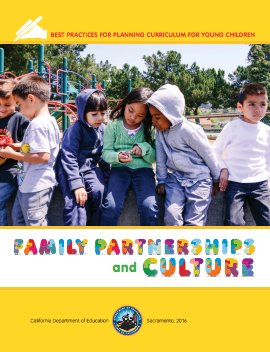
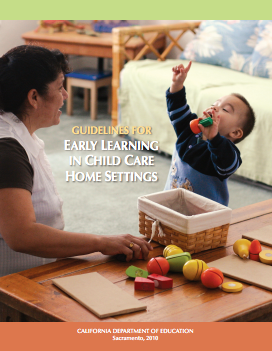
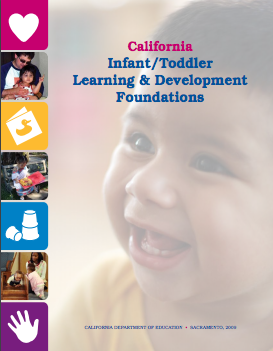


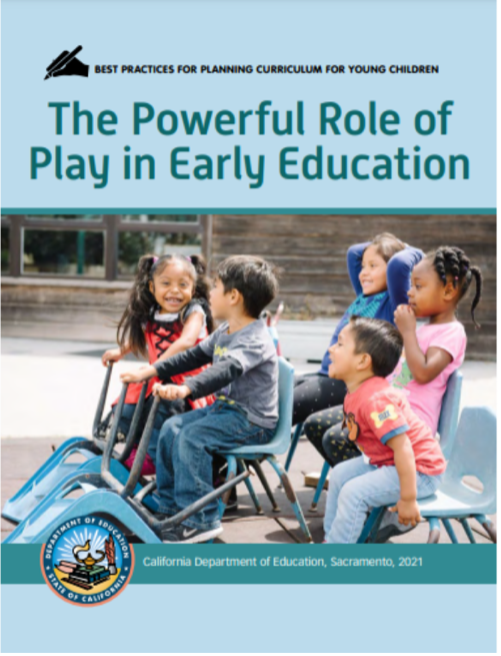
This publication, part of the Best Practices for Planning Curriculum for Young Children series, discusses the critical role of play for children, particularly in early childhood. Play is an important context in which children learn, experiment with new ideas, and make sense of the world around them.

This brochure is a collaborative effort between the Department of Developmental Services and the California Department of Education. The brochure is designed to facilitate finding and identifying young children who may benefit from early intervention or specialized education services and to encourage appropriate referrals regarding these children to Early Start and special education preschool services. It can be ordered through the Publications Order Form.
Also available in:
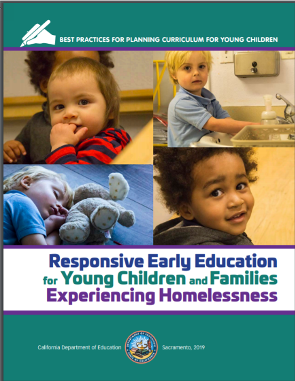
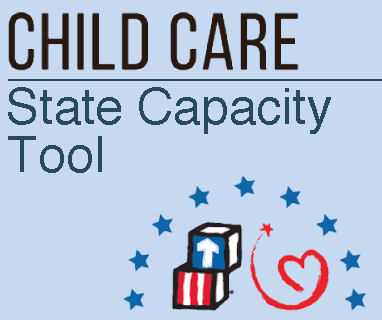
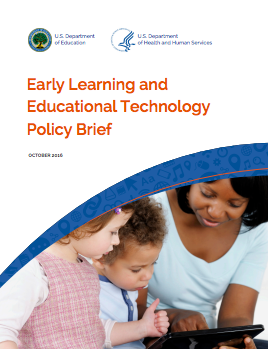


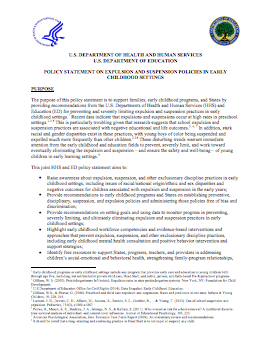
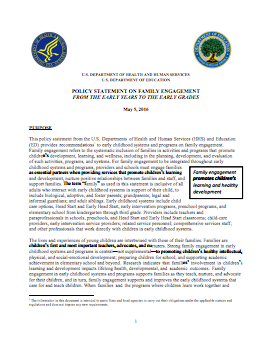

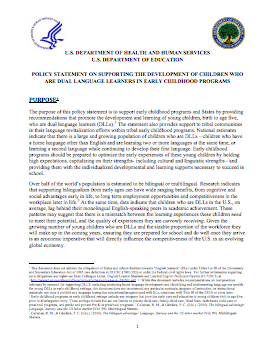

This statement provides policy and program recommendations from HHS and ED to improve young children’s access to needed services and transform delivery systems to improve health and early learning outcomes for all children. Coordination and alignment between health systems and early learning systems has the potential to ensure that each child’s needs are identified, referrals to needed services are made and completed, services are not duplicated, and the messages families hear are clear, aligned, and consistently reinforced to ensure that children and families thrive.
This statement:


The COVID-19 pandemic has swiftly and substantially affected the social and emotional health of children, especially those experiencing multiple hardships. As the pandemic has spread across the United States, many children are experiencing widespread disruptions in daily life. Young children are reacting to stress as their parent and caregiver routines change. Children may have strong feelings of fear, worry, sadness, and anger about the pandemic and related issues that impact behavior at home and in child care.
To address these issues, the Office of Child Care (OCC) has a new initiative to further integrate social and emotional support strategies in child care's mixed delivery system. A Resource Guide for Developing Integrated Strategies to Support the Social and Emotional Wellness of Children highlights promising strategies and provides information about how some CCDF grantees have already leveraged partnerships and funding to support implementation success.


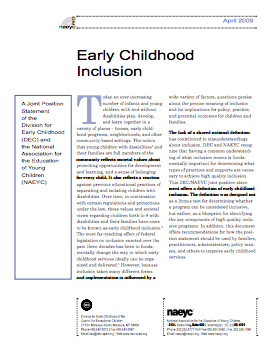

The IEP process includes requirements and actions that ensure IEP teams have the information needed to discuss and consider access to and participation in high-quality inclusive settings for every young child with a disability during IEP placement discussions. This document lists important actions in the IEP development process along with guiding principles and practices that should inform placement decisions for young children with disabilities.
Included in this document are Guiding Questions for Discussing Services in the LRE to make sound placement decisions for each young child with a disability. To aid in planning for inclusion within the district as well as with other state and community partners to ensure placements are available throughout the year for each child Personnel Development Tools are provided that align to the Actions within an Effective IEP Process. The tools help to create a common vision for inclusion.
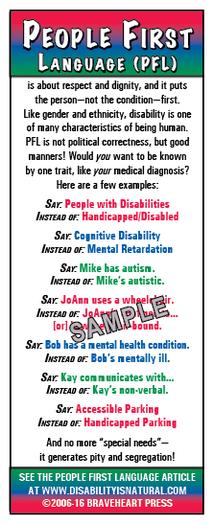
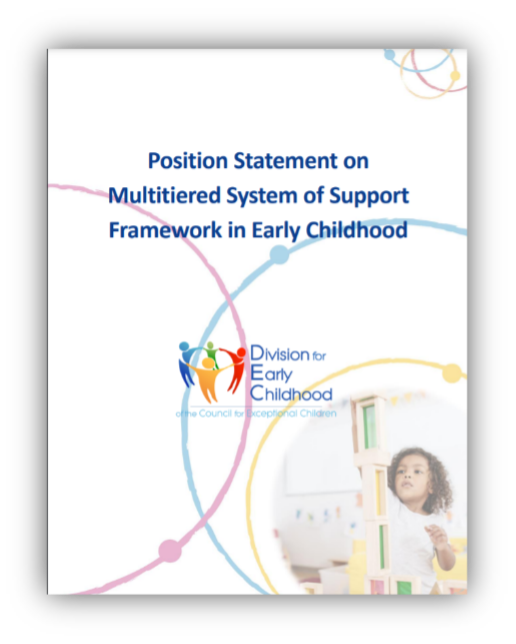
This position statement replaces the 2013 Frameworks for Response to Intervention in Early Childhood: Description and Implications.
The purpose of the revised statement is to define an early childhood multitiered system of support (MTSS) framework and to promote a broader understanding and discussion of the implications for young children, their families, and those who serve them.
The guidelines provided in this position statement are useful to programs seeking to implement the broad principles and elements of an MTSS framework. Specifically, programs can ensure that young children are being universally screened, authentically assessed, and differentially supported in ways that are developmentally appropriate and address their unique needs across both curricular and developmental outcomes.

